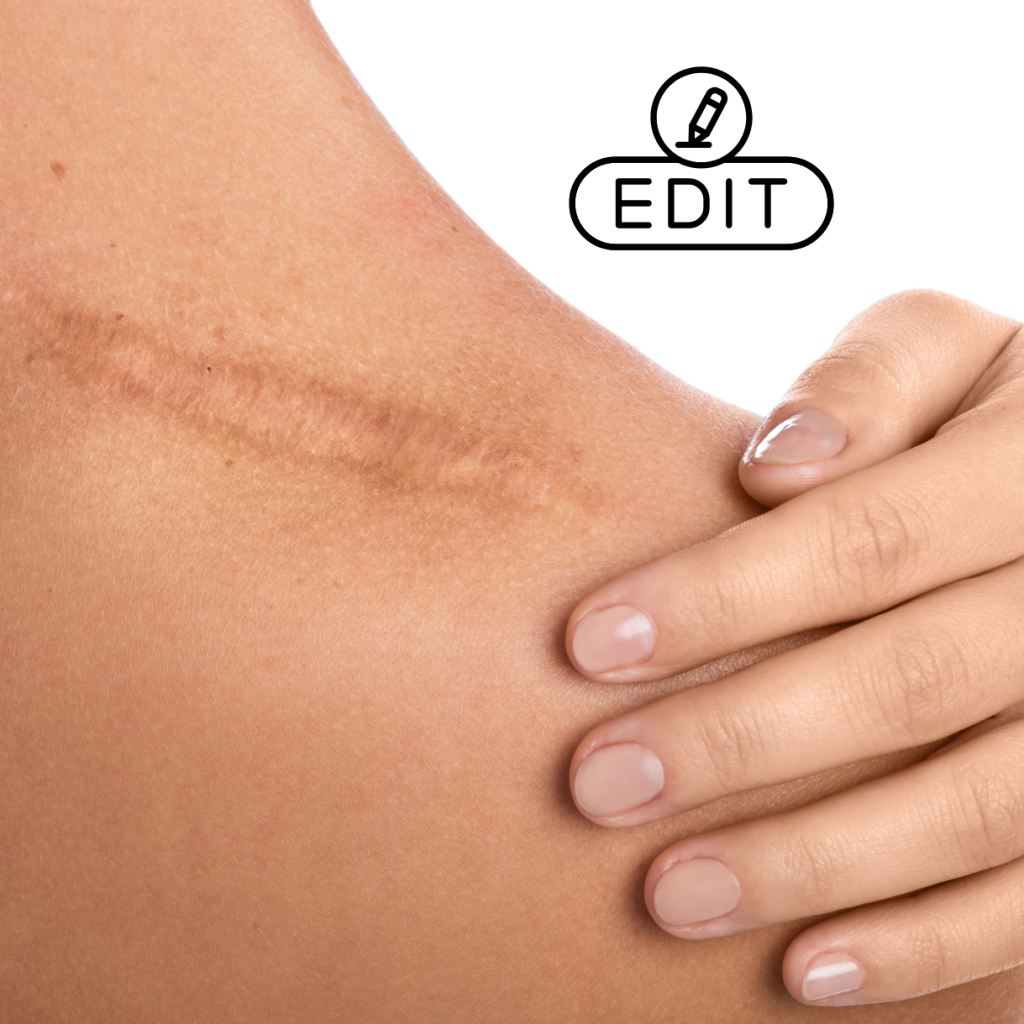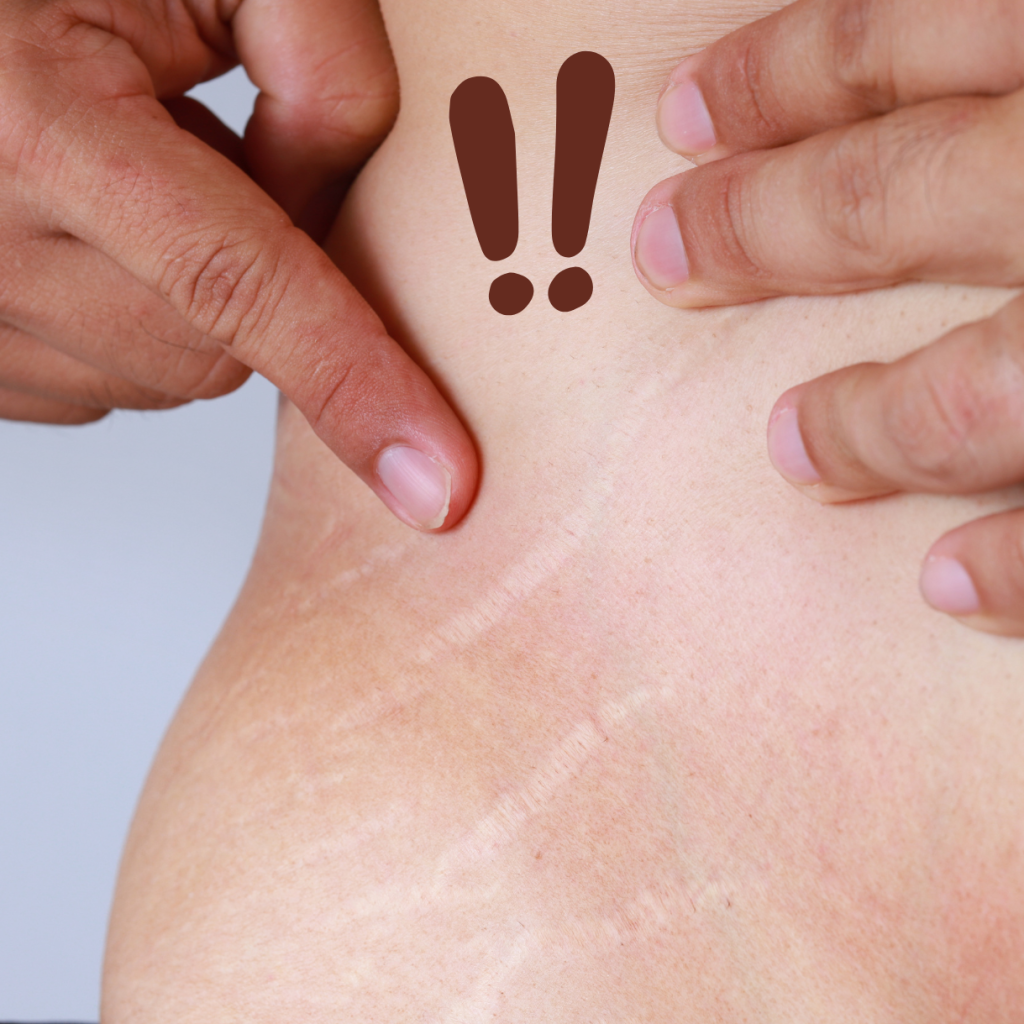In this post, we will talk about the transformative power of restorative cosmetic tattoos. It’s a disorienting feeling when your body feels foreign, isn’t it? After surgery, illness, or trauma, looking in the mirror can be a difficult experience.
But, what if ink could help you reclaim your body and your sense of self? Restorative cosmetic tattoos aren’t just about superficial aesthetics; they’re about rebuilding confidence, erasing painful reminders, and offering a fresh start.
Perhaps you’ve heard of a breast cancer survivor getting 3D areola tattooing after a mastectomy, and finally seeing herself whole again. Or maybe someone seeking to camouflage scars from an accident.
These procedures go beyond mere physical appearance. For expert artistry in permanent makeup and restorative techniques, consider visiting Evertrue for compassionate and skilled care.
This article delves into restorative cosmetic tattoos and their incredible power to transform lives. We’ll explore what they are, how they work, meet the skilled artists behind them, and share inspiring real-life stories. Prepare for a journey into empowerment!

What Are Restorative Cosmetic Tattoos?
We all know decorative tattoos: art and a form of self-expression etched onto skin. Restorative cosmetic tattoos, however, are a different story.
While beauty and aesthetics are possible, the primary goal isn’t about creating a cool design; it’s about correcting, rebuilding, and restoring what was lost. Let’s break down the different types to understand the nuances:
- Areola Restoration: This is a significant procedure, especially for breast cancer survivors. After a mastectomy, the nipple and areola can be recreated with incredibly natural-looking, three-dimensional results, all thanks to the artistry of ink. Organizations like P.ink connect survivors with volunteer artists who create art from scars, offering a powerful emotional boost.
- Scar Revision: Scars tell stories, but sometimes those stories are painful reminders of trauma or hardship. Scar camouflage uses skin-toned pigments to strategically blend the scar with the surrounding skin, making it less noticeable. This can help with scars from surgery, self-harm, accidents, and more. Learn more about scar revision procedures.
- Cleft Lip Blending: This minimizes the appearance of scars after cleft lip repair, restoring a more natural and balanced lip line.
- Scalp Micropigmentation: A game-changer for hair loss, this creates the illusion of hair follicles, resulting in the appearance of a fuller head of hair. It’s an excellent option for those experiencing thinning hair or baldness.
- Stretch Mark Blending: Similar to scar camouflage, this blends stretch marks with the surrounding skin, making them less visible and helping to improve skin texture appearance.
It’s important to remember that restorative tattooing uses specialized equipment and pigments. You can’t just walk into any tattoo shop and expect the same results. These procedures require specialized skill and training.
The Psychology of Healing with Ink
It’s “just ink,” right? Not quite. Body image plays a significant role in how you feel about yourself, and medical trauma or visible scars can severely impact self-perception.
Restorative tattoos aren’t about covering up flaws; they’re about reclaiming your body. It’s about saying, “This is my body, and I decide how it looks.” It’s about taking control after feeling like you’ve lost it—pure empowerment!
Research backs this up, too. Studies show that body modification, like tattoos, can help people process trauma. The act of taking agency and control over your body, deciding what goes on it, where it goes, and what it means, can be incredibly powerful.
Imagine a woman who has undergone a double mastectomy feeling like her body is foreign. Areola restoration can help her feel whole again, like she’s looking at herself in the mirror. It’s about seeing your body as your own again.
Identity and empowerment are key elements in this process. Medical events can disconnect you from your body. Tattoos reintroduce agency and autonomy, a way of saying, “I’m still here, and I’m still in control.”

Navigating the Journey: What to Expect
Considering a restorative cosmetic tattoo? Here’s what you need to know. The first step is a consultation. You’ll meet with the artist to discuss your goals and develop a plan. The artist will then create a custom design that suits your needs and preferences.
The tattooing process can take several hours, followed by a crucial healing period. Your skin will likely be red and swollen, and it can take one to two weeks for it to fully heal.
How much does it hurt? Pain levels vary. Some find it tolerable, while others find it more painful. Numbing cream can help manage discomfort.
Downtime is usually minimal. You can typically resume your normal activities right away, but you’ll need to avoid direct sunlight and refrain from picking at scabs. These are basic aftercare protocols.
Proper aftercare is essential for optimal healing and longevity of the tattoo. Best practices include keeping the area clean and dry, avoiding direct sunlight, and refraining from picking at scabs.
Costs also vary, depending on the procedure and the artist’s experience. Prices can range from a few hundred to several thousand dollars. Insurance may sometimes cover the procedure, especially for post-mastectomy nipple tattooing.
Safety is paramount. Ensure your artist is certified, licensed, and working in a sterile environment. Obtain medical clearance from your doctor before getting any tattoo, particularly if you have underlying health conditions. And always get a patch test to ensure you’re not allergic to the pigments.
Barriers to Access & the Future of the Practice
Let’s be frank: restorative cosmetic tattoos aren’t accessible to everyone. Geographic availability can be a significant problem. You may not be able to find a qualified artist in your area. The cost can be a major barrier for some people.
While insurance sometimes covers these procedures, it’s not always the case. Socioeconomic disparities also play a role, as people with lower incomes may not be able to afford the treatment.
Stigma is another factor. Some individuals view tattoos as taboo, even medical tattoos. Greater awareness and destigmatization are needed.
However, the future is bright. Advances in pigment technology are leading to more natural-looking results. AI-assisted design is helping artists create more precise designs. Some hospitals are even beginning to offer mobile tattoo units, improving accessibility for patients.

A New Canvas for Healing
We’ve come full circle. Restorative cosmetic tattoos are about more than just aesthetics, though looking good is a welcome benefit. It’s about healing, both physically and emotionally. It’s about empowerment and reclaiming your body and your sense of self.
Restorative tattoos offer closure and an opportunity to start anew. The transformative power of these tattoos extends beyond aesthetics to encompass significant psychological and emotional benefits.
They can help individuals feel more complete and confident, especially after experiencing physical changes due to illness or injury.
So, what can you do? Learn more, share stories, and support advocacy for restorative tattoo accessibility. Because everyone deserves the chance to heal and feel whole again. It’s not the end; it’s a new beginning, on your own canvas.